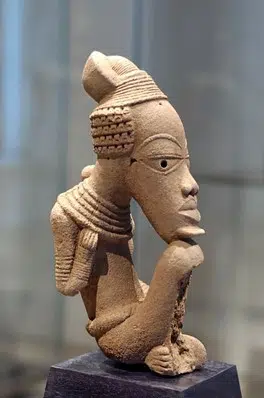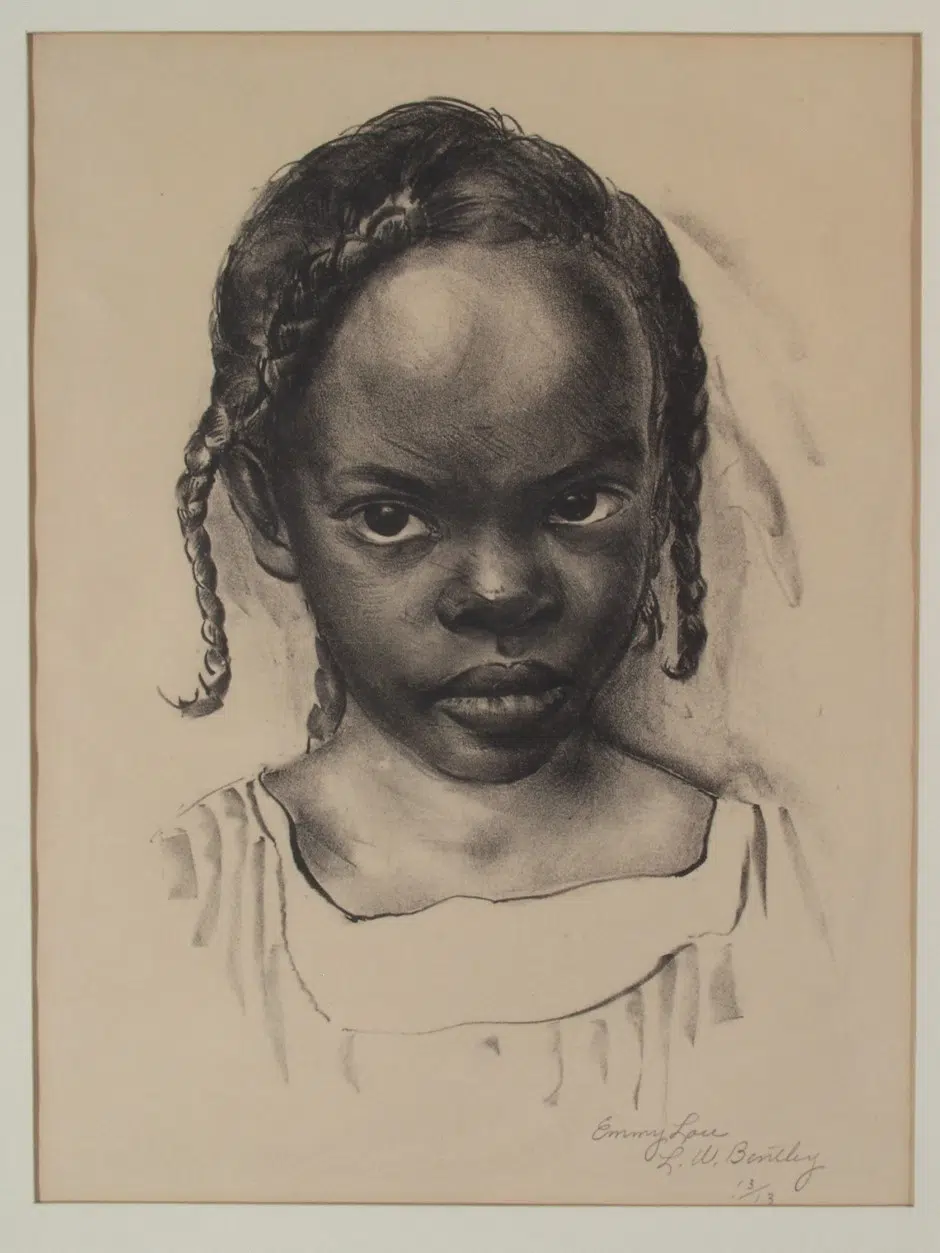
The following article was written by Carrie Estrella, representing the Public Arts Committee as a part of the Rahr-West Art Museum’s Art Forward series.
Juneteenth is the oldest nationally celebrated commemoration of the end of slavery in the United States. Why is the day special? Because June 19th marks the day when ‘freedom’ finally reached territories in Texas. Although President Lincoln officially signed the Emancipation Proclamation freeing slaves in the United States on January 1st, 1863 – it actually took until June 19th, 1865 (over 2.5 years later!) for Union soldiers to carry word of the Civil War’s end to Galveston, Texas – ultimately freeing enslaved people in this region. Today Juneteenth is a time of celebration, reflection and rejoicing. Throughout the United States this celebration is marked by street festivals, picnics, family reunions, and educational events celebrating Black culture. Here in Manitowoc, this is the 3rd year we are acknowledging this important observance, to be held at Citizen’s Park at noon on June 19th.
And, in honor of this observance I have chosen to focus this Art Forward article on the beauty, art, and importance of hair braiding in Black culture. Maya Angelou, American poet, memoirist, and civil rights activist, is quoted to have said “Hair is a woman’s glory and you share that glory with your family – and they get to see you braiding it and they get to see you washing it.” She made this comment during the filming of Chris Rock’s documentary Good Hair released in 2009.
Over the years, the care and maintenance of black hair styles has become a multimillion-dollar industry with shops and salons all over the country specializing in weaves and cornrows. But, the act of braiding hair itself dates back thousands of years.
- In ancient Egypt (between 3500 and 6000 B.C.) archaeologists have discovered that ancient Egyptians of both genders and all social classes braided their hair in elaborate and ornate styles or box braiding —and sometimes even used hair extensions. The Himba people of Namibia are also thought to have been one of the original tribes to use braiding. Depictions of women with cornrows have also been found in Stone Age paintings in the Tassili Plateau of the Sahara, dating as far back as 3000 B.C. as well as in the ancient culture of Nok, now northern Nigeria. Men wearing cornrows can be traced as far back as the early nineteenth century to Ethiopia, where warriors and kings such as Tewodros II and Yohannes IV have been depicted wearing cornrows.
- Throughout Africa braids were part of the tribal customs. The patterns and designs used signified which tribe the person belonged to and could even help identify the members of the tribe. Braid patterns and hairstyles were believed to communicate a person’s age, marital status, wealth, power, social position, and religion.
- In some cases, braids also served as a form of survival. @KnowYourCaribbeanshares that “many African women braided rice or seeds into their hair before journeying the Middle Passage, on their way to enslavement or braided it into their children’s hair before separation, so that they could eat.” Proving this practice, Suriname is the only place in the Americas where one can find a specific grain of rice from Africa, while the rest of the ‘New World’ cultivated an Asian rice. Legend even goes so far to say that in some South American countries like Colombia, cornrows were used to illustrate maps of escape, hiding-in-plain-sight to guide escaping African slaves to freedom.
- Finally, for some enslaved Africans, braiding also became a political act. For many Africans, their hair was shaved off during the Middle Passage. Once their hair began to grow again, they deliberately engaged in hair braiding as a way to hold on to their cultural identity. Braiding their hair also was a way to demonstrate a silent act of resistance. Despite all the hardships that they had been through, the crown on their heads remained, connecting them to their heritage and protecting their individualism.
Whether a style or a statement, from their origins in Africa, through days of slavery and into today’s pop culture, hair braiding has deep roots in the Black community. As Maya Angelou’s quote indicates at the onset of this article, immense importance is given to the custom of braiding. Hair braiding is both a ritual and a social service – an art form.
Speaking of art forms, within the collection of the Rahr West Art Museum is a lithograph by Lester Bentley entitled Emmy Lou. Per the notes captured with this gift from the West family, the image depicts a daughter of a cook that worked for Bentley when he lived near Atlanta, Georgia.
Interested in learning more about contemporary braiding? Dolled Beauty Lounge at 1910 Franklin Street opened earlier this year servicing the growing number of Black neighbors moving into the area and perpetuating this art of hair braiding right here within our own community. Check them out.









